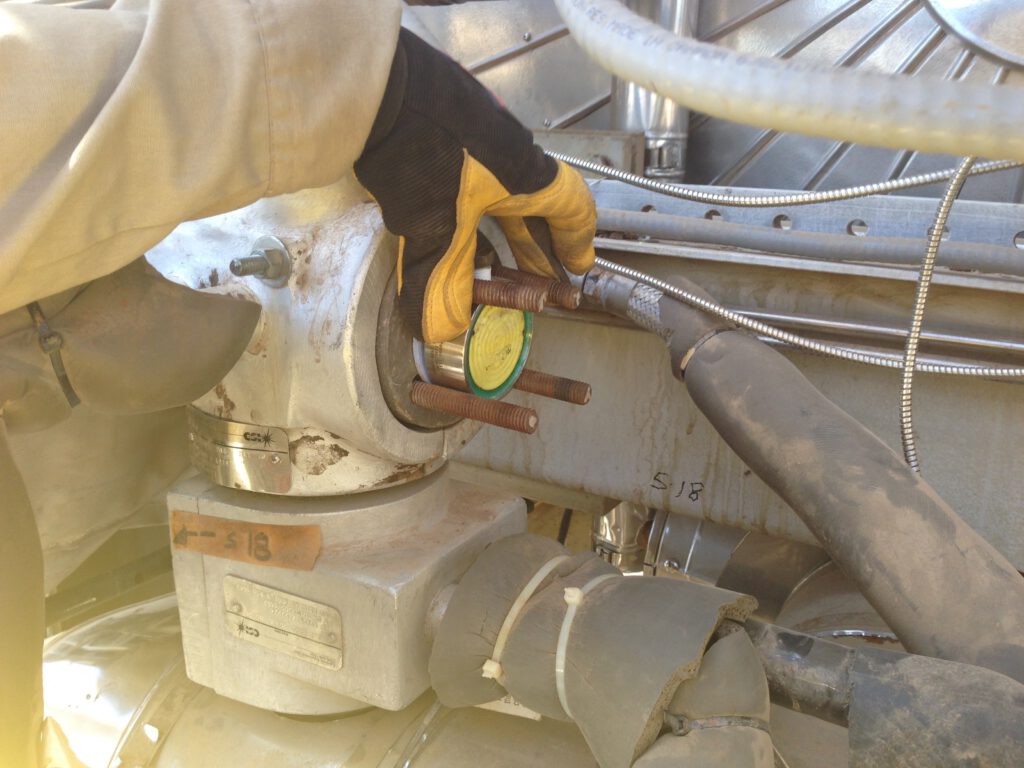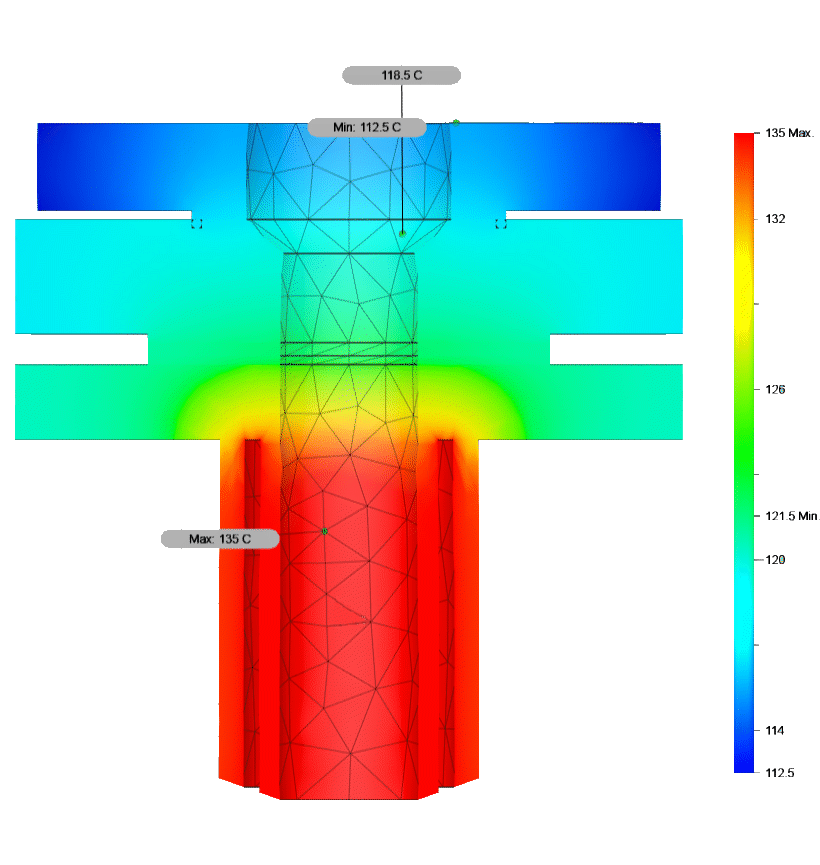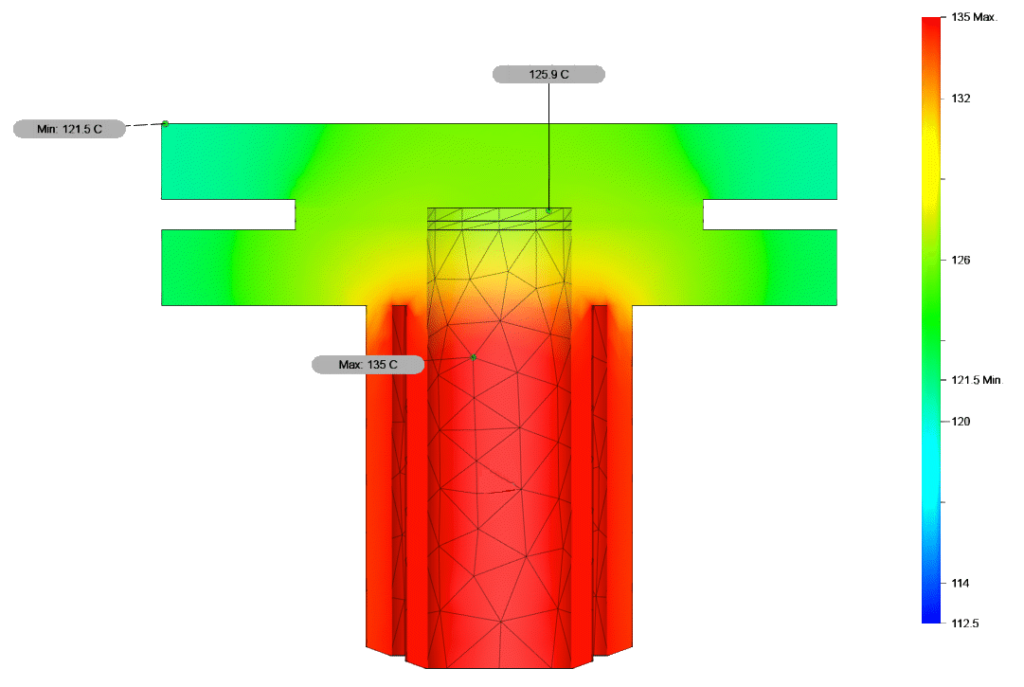In every industrial filtration process instrumentation is used to monitor the progress of the filtration cycle. During the filtration process the cake with impurities is slowly building up on the filter elements resulting in a pressure drop across the filter that increases when the filtration progresses. It is possible to measure this increasing pressure drop using a pressure transmitter before and after the filter or a differential pressure transmitter.

Within liquid sulphur filtration differential pressure transmitters are also installed on the filters to measure the filtration process, but due to the characteristics of sulphur it is very important to take these into account while selection the right transmitter for your process. The major reason for instrument failure within liquid sulphur filtration is the solidification of sulphur on the transmitters diaphragm. If the correct diaphragm is selected, it is not required to trace the diaphragm’s of these instruments ,since the distance between the diaphragm and heated flange is relatively small and can rely on the thermal conductivity between the heated flange of the liquid sulphur piping and the instrument.
Often transmitters with a flushing ring are used to offer a solution where steam can be injected to melt the solidified sulphur on the diaphragm of the transmitter. Unfortunately installing a flushing ring increases the distance between the heated flange of the process piping and the diaphragm, resulting in a situation where the temperature at the diaphragm is below the freezing point of sulphur (See figure 1) and thus sulphur solidification.


Sulphurnet offers an alternative solution, where the distance between the heated flange and the diaphragm is kept to a minimum, resulting in a higher temperature at the diaphragm (See figure 2) and no sulphur solidification.


Contact us for more information.

Very informative read! I appreciate the detailed explanation of the differential pressure transmitter. Well done!